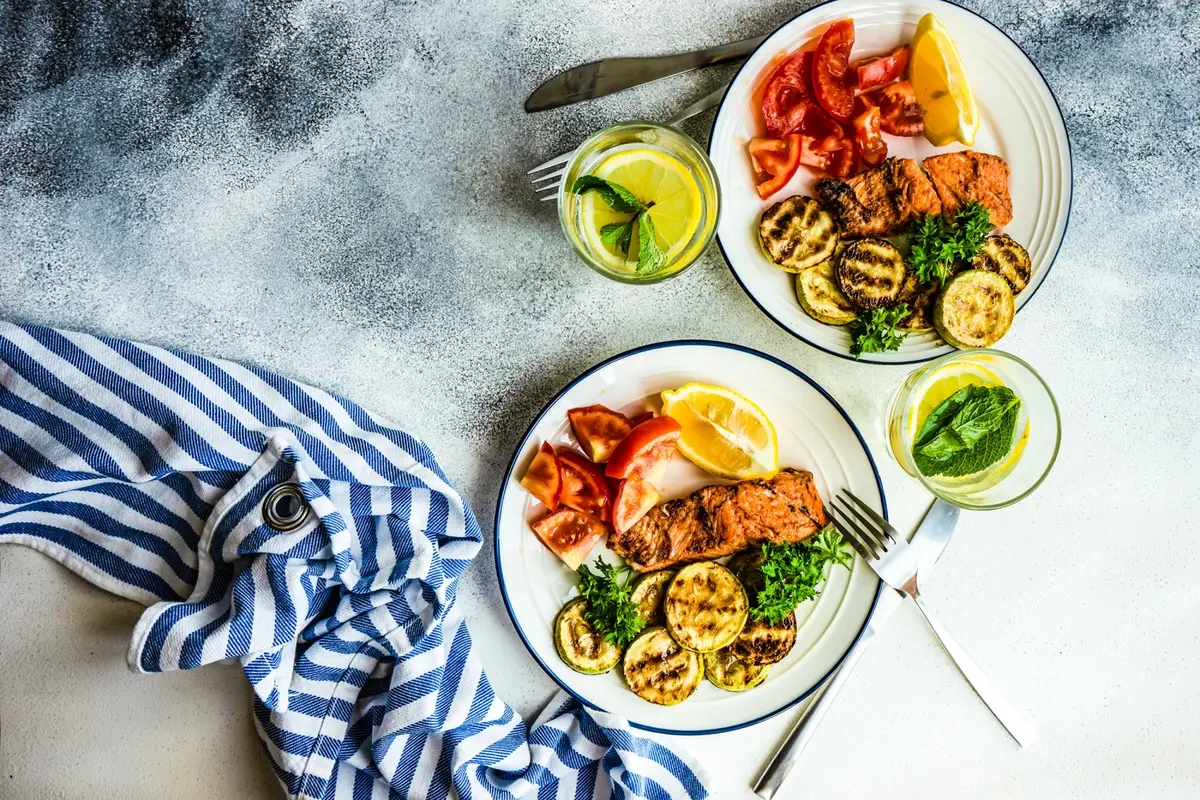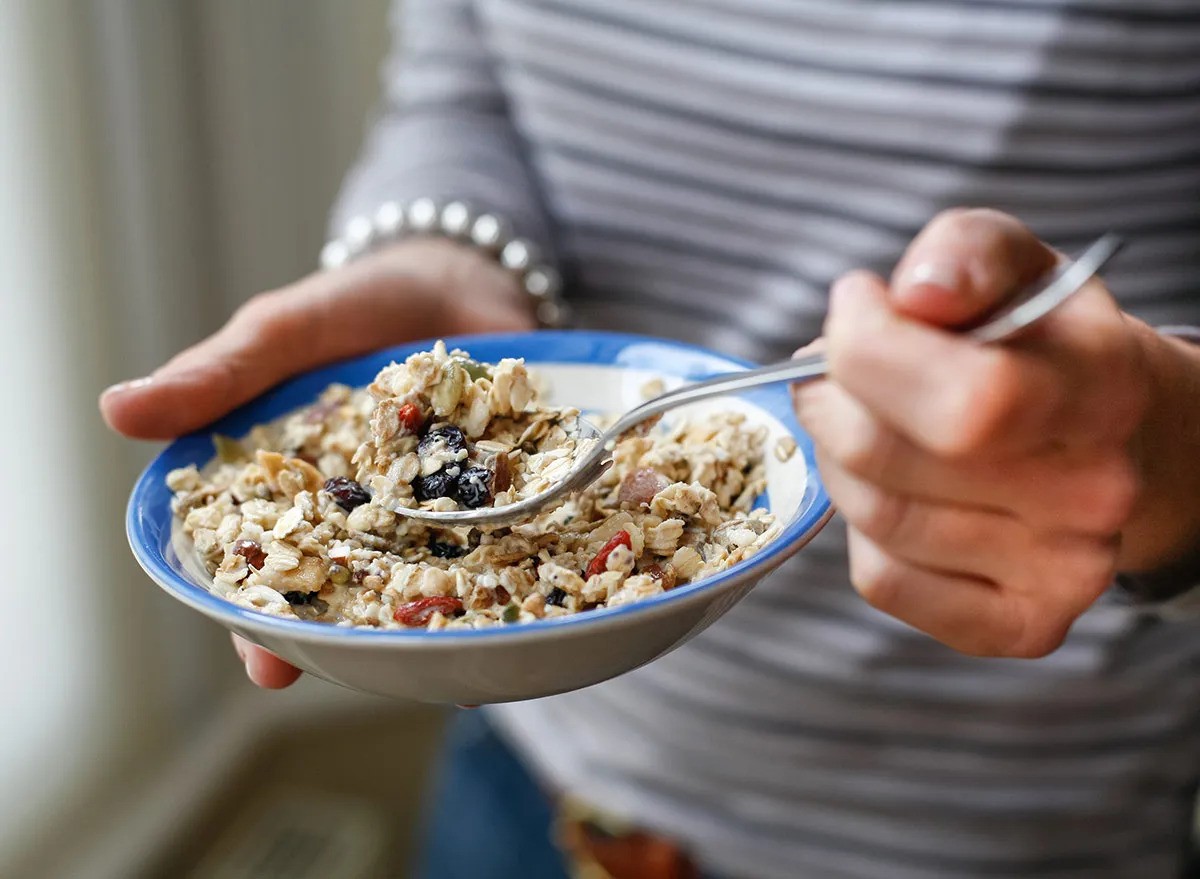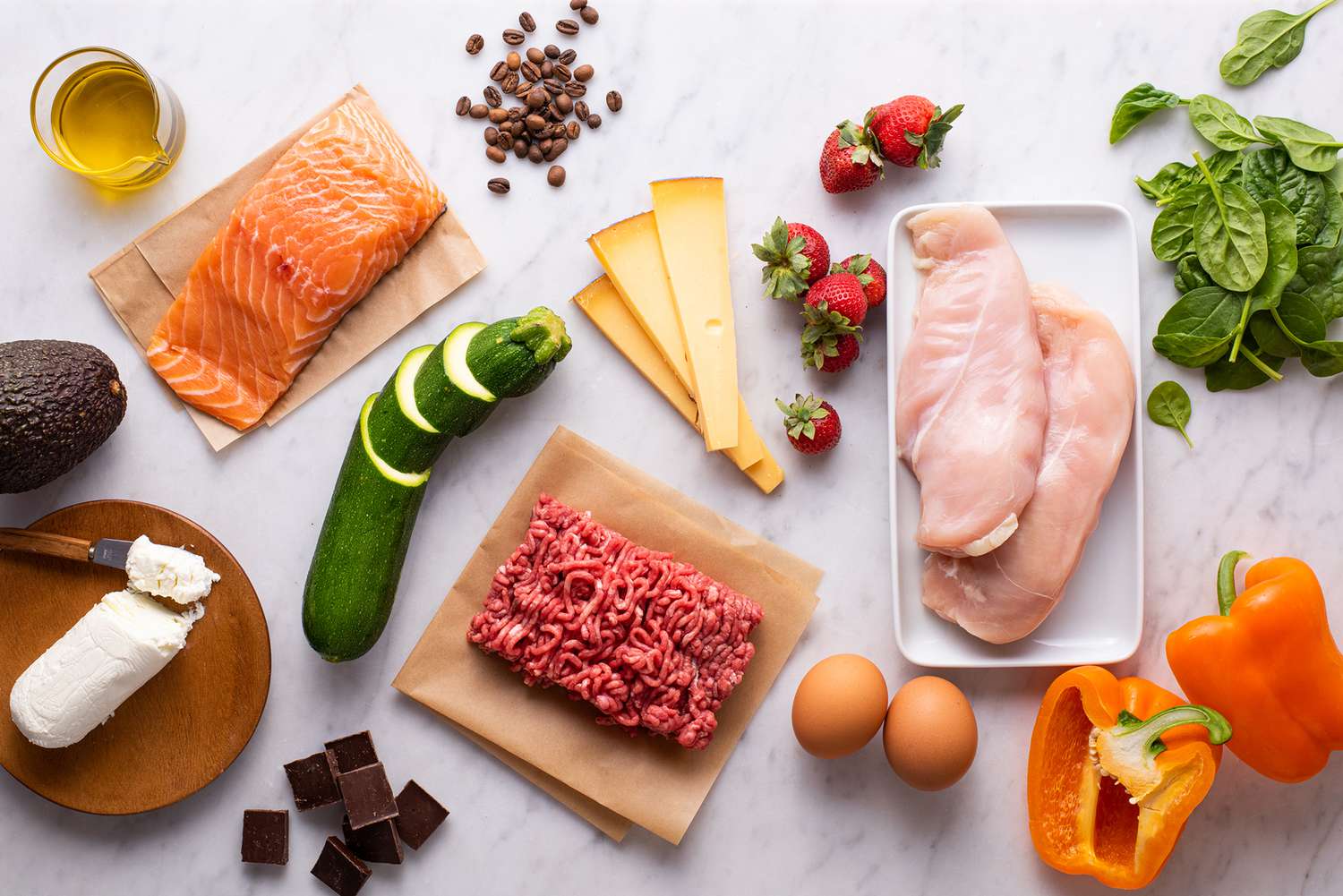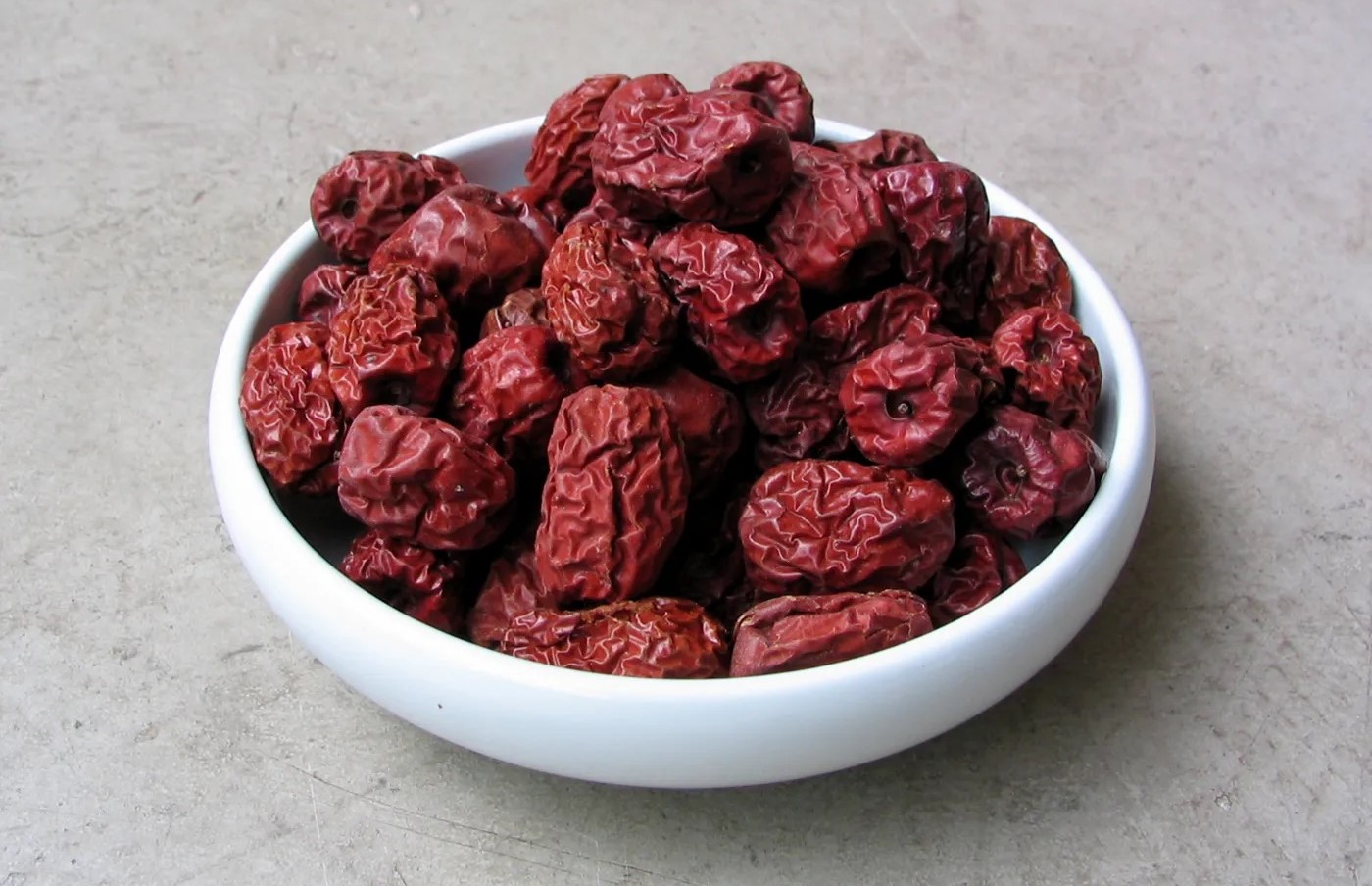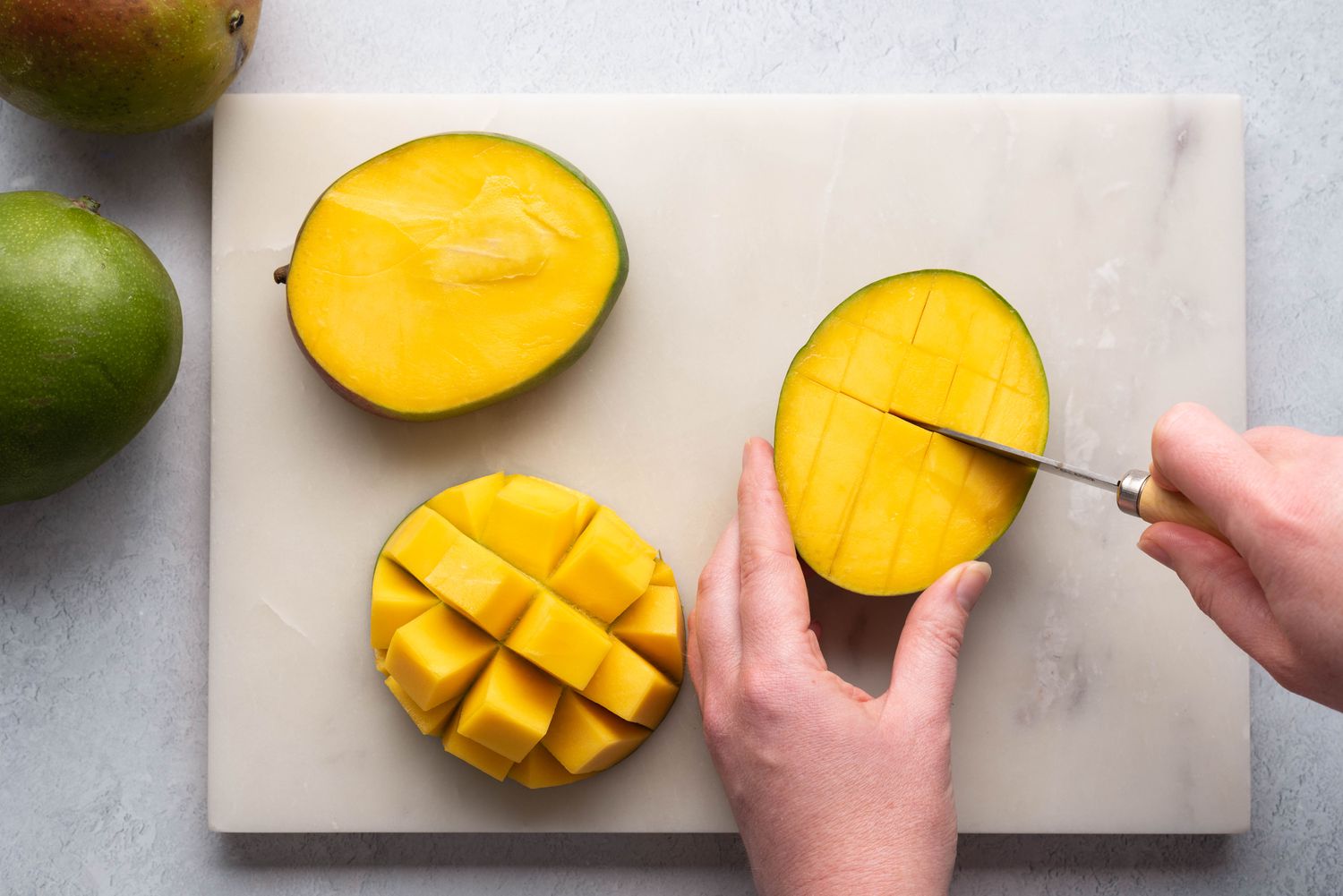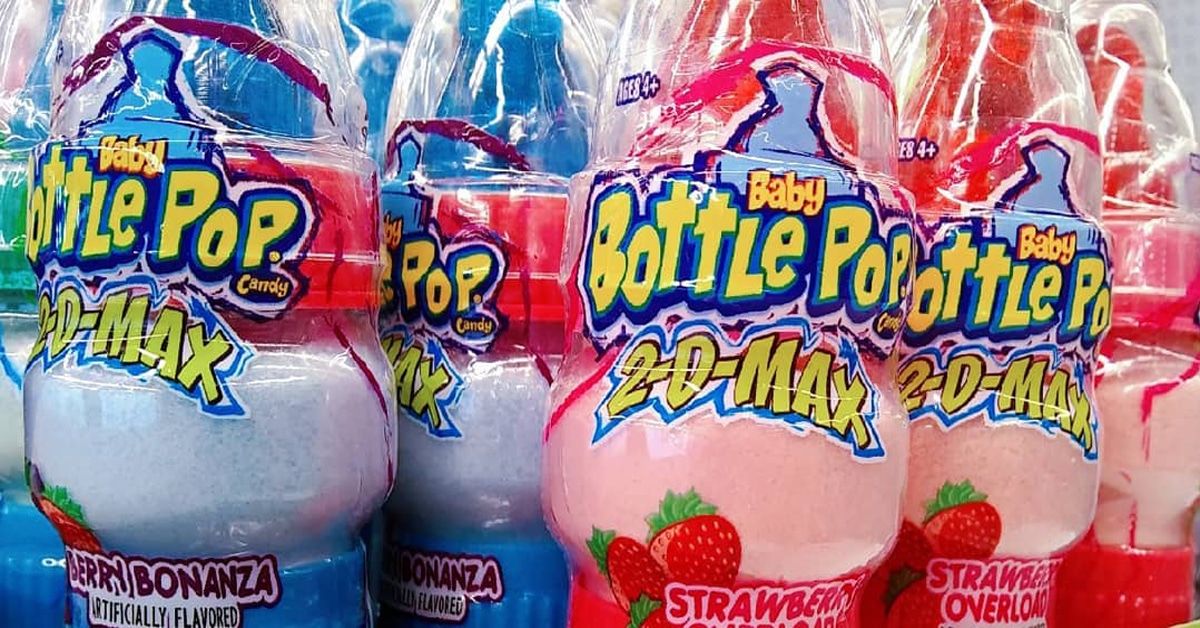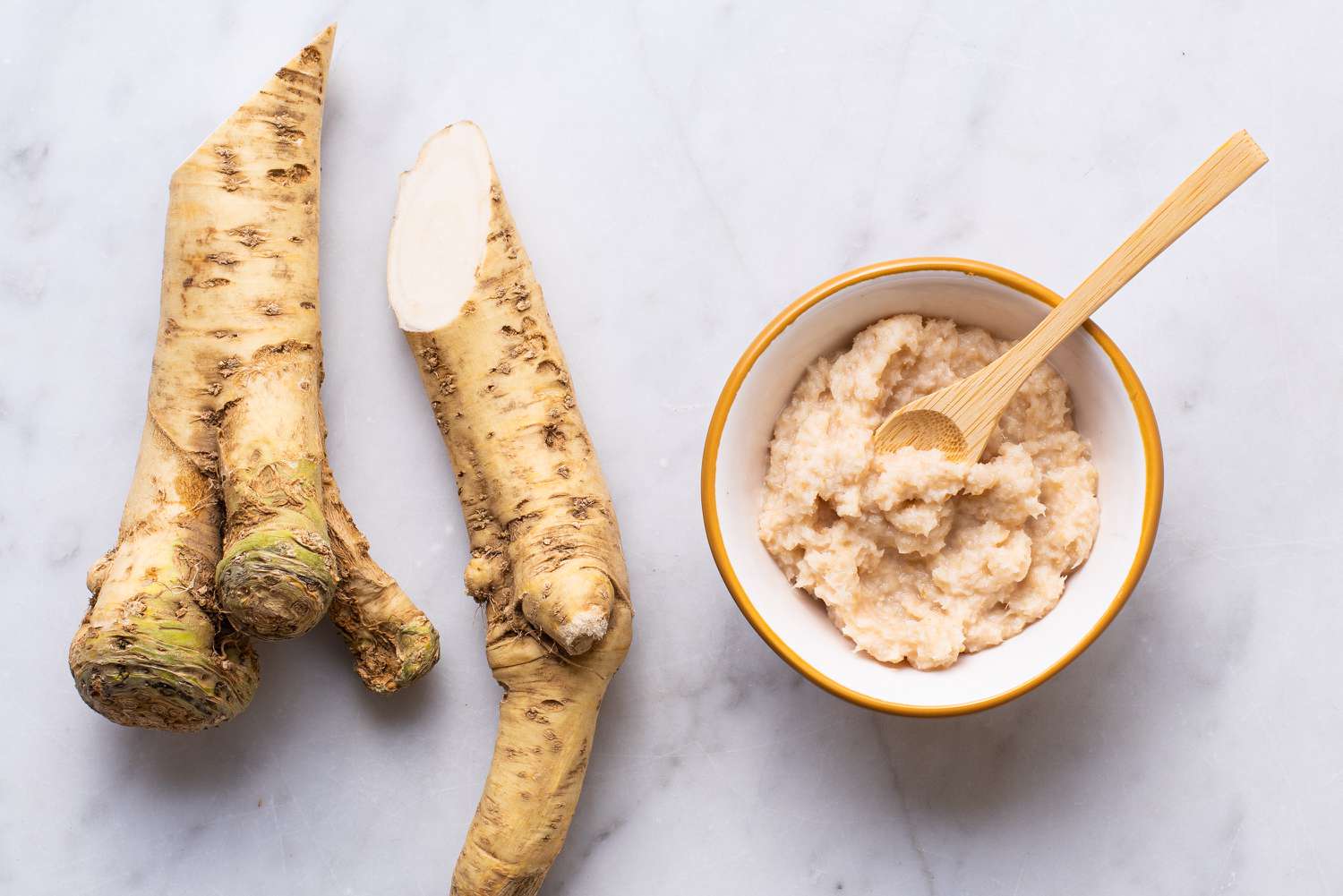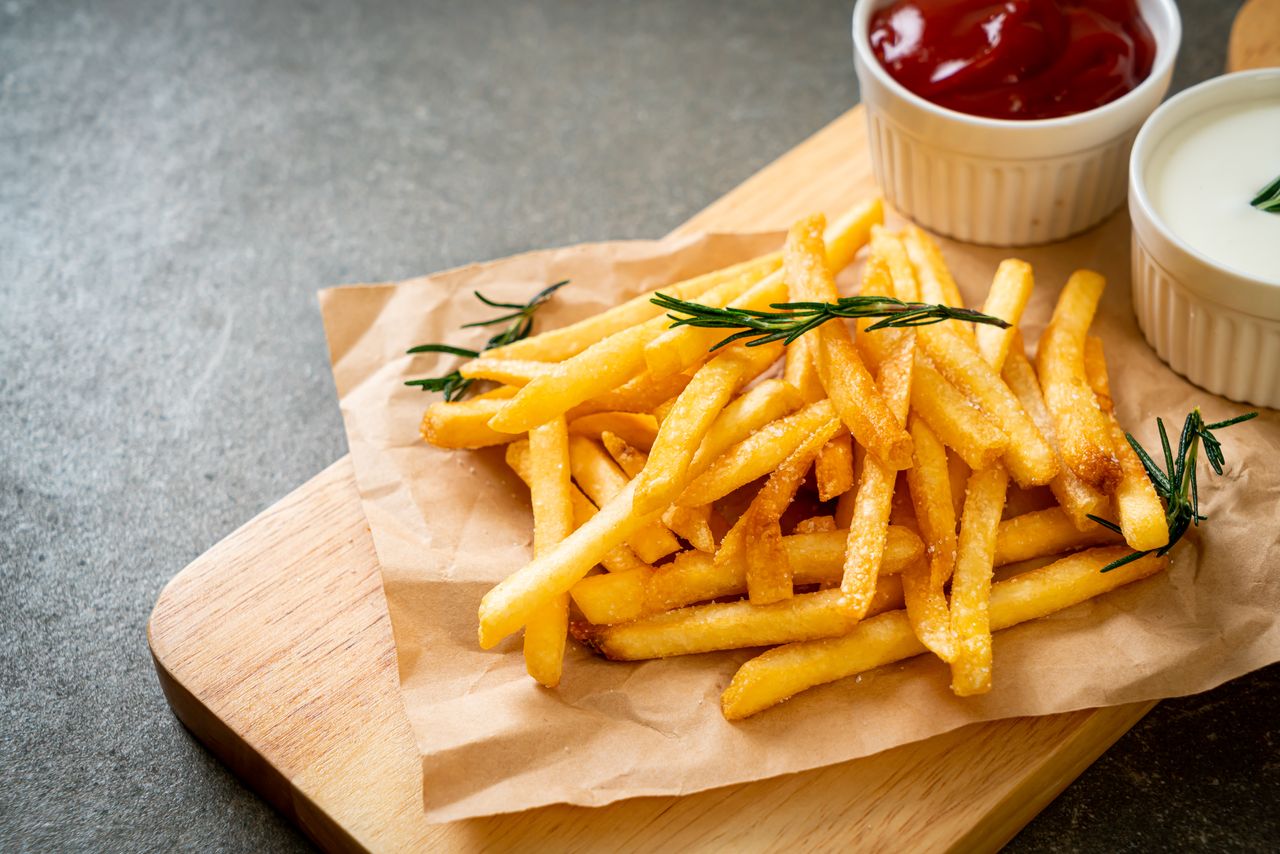How to Enjoy a Low-Carb Lifestyle
Are you looking to reduce your carb intake and embrace a low-carb lifestyle? Eating less than 30 carbs per day can be a great way to manage your weight and improve your overall health. Whether you’re following a specific diet plan or simply aiming to make healthier food choices, here are some tips to help you achieve your goal.
Focus on Whole Foods
When it comes to reducing your carb intake, it’s important to focus on consuming whole, unprocessed foods. This means incorporating plenty of fresh vegetables, lean proteins, and healthy fats into your meals. By prioritizing whole foods, you can naturally lower your carb consumption while providing your body with essential nutrients.
Choose Low-Carb Vegetables
Vegetables are an excellent source of vitamins, minerals, and fiber, making them an essential part of a low-carb diet. Opt for non-starchy vegetables such as spinach, kale, broccoli, cauliflower, and bell peppers. These vegetables are low in carbs and can be enjoyed in generous portions, allowing you to feel satisfied while keeping your carb count in check.
Include Quality Protein Sources
Protein is a crucial component of any balanced diet, and it can play a key role in reducing carb intake. Incorporate protein-rich foods such as chicken, turkey, fish, eggs, and tofu into your meals. Not only does protein help keep you full and satisfied, but it also supports muscle health and overall well-being.
Embrace Healthy Fats
Contrary to popular belief, fats can be a valuable addition to a low-carb lifestyle. Healthy fats, such as those found in avocados, nuts, seeds, and olive oil, can provide a source of energy and contribute to feelings of fullness. Including these fats in your meals can help balance your macronutrient intake and make the transition to a low-carb diet more sustainable.
Limit High-Carb Foods
When aiming to consume less than 30 carbs per day, it’s important to be mindful of high-carb foods that can quickly add up. Items such as bread, pasta, rice, and sugary snacks should be limited or avoided to stay within your carb target. Instead, focus on building meals around low-carb ingredients and exploring creative ways to enjoy your favorite dishes in a carb-conscious manner.
Read Food Labels
Understanding the carb content of the foods you consume is essential for staying within your daily limit. Get into the habit of reading food labels to identify the carb count per serving. Pay attention to portion sizes and be mindful of hidden sugars and carbohydrates in packaged products. This practice can help you make informed choices and stay on track with your low-carb eating plan.
Plan and Prepare Meals
Meal planning and preparation can be instrumental in successfully eating less than 30 carbs per day. By taking the time to plan your meals and snacks, you can ensure that you have low-carb options readily available. This can prevent impulsive, high-carb choices and set you up for success in maintaining a low-carb lifestyle.
Seek Support and Resources
Embarking on a low-carb journey can be more manageable with the support of like-minded individuals and access to helpful resources. Consider joining online communities, following reputable low-carb blogs, or consulting with a nutritionist or dietitian who can provide guidance tailored to your specific needs. Having a support system and valuable information at your disposal can make the transition to a low-carb lifestyle more enjoyable and sustainable.
By incorporating these strategies into your daily routine, you can successfully eat less than 30 carbs per day and reap the benefits of a low-carb lifestyle. Remember that making gradual changes and finding enjoyable, sustainable ways to eat low-carb can lead to long-term success in achieving your health and wellness goals.
